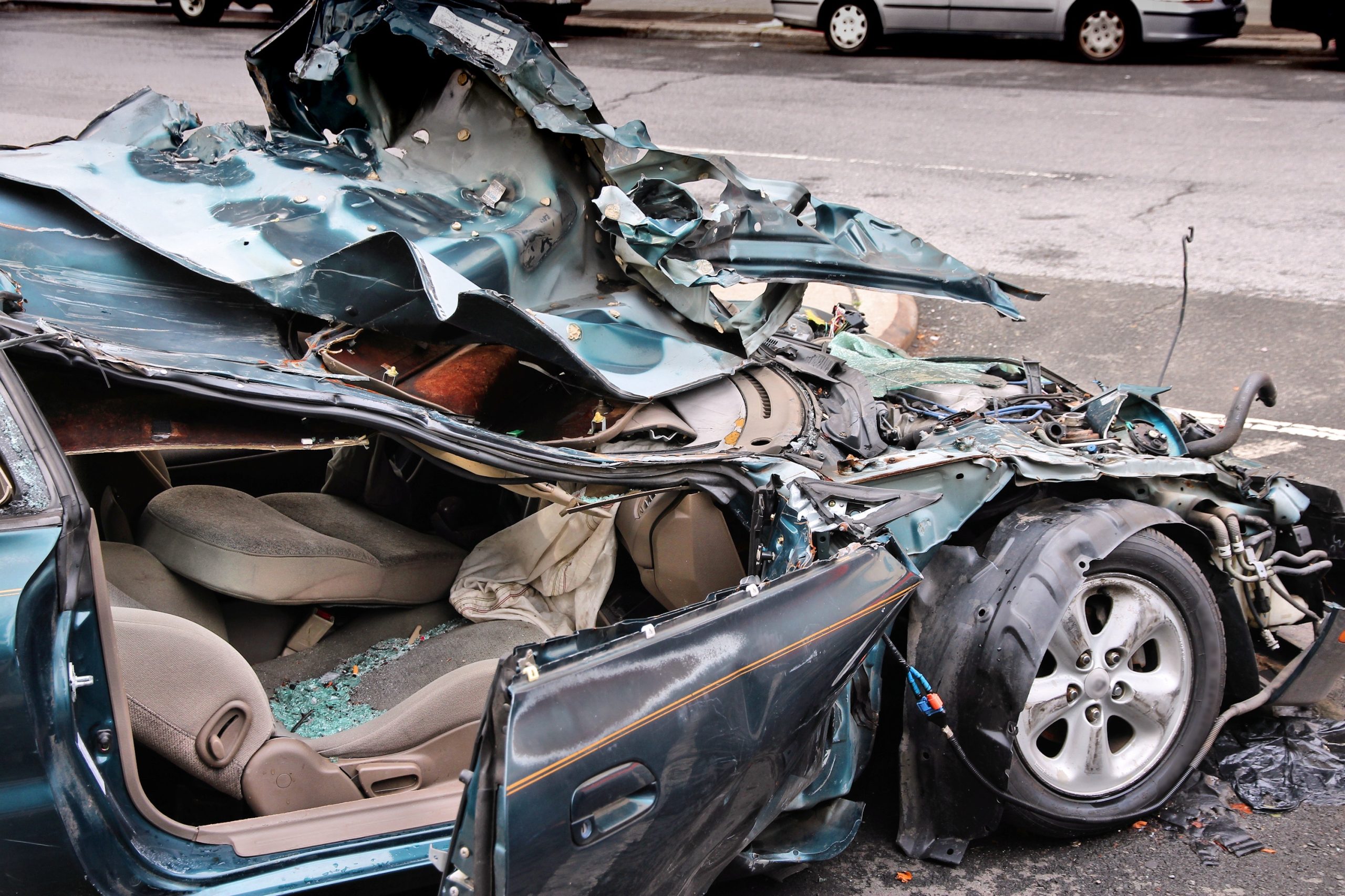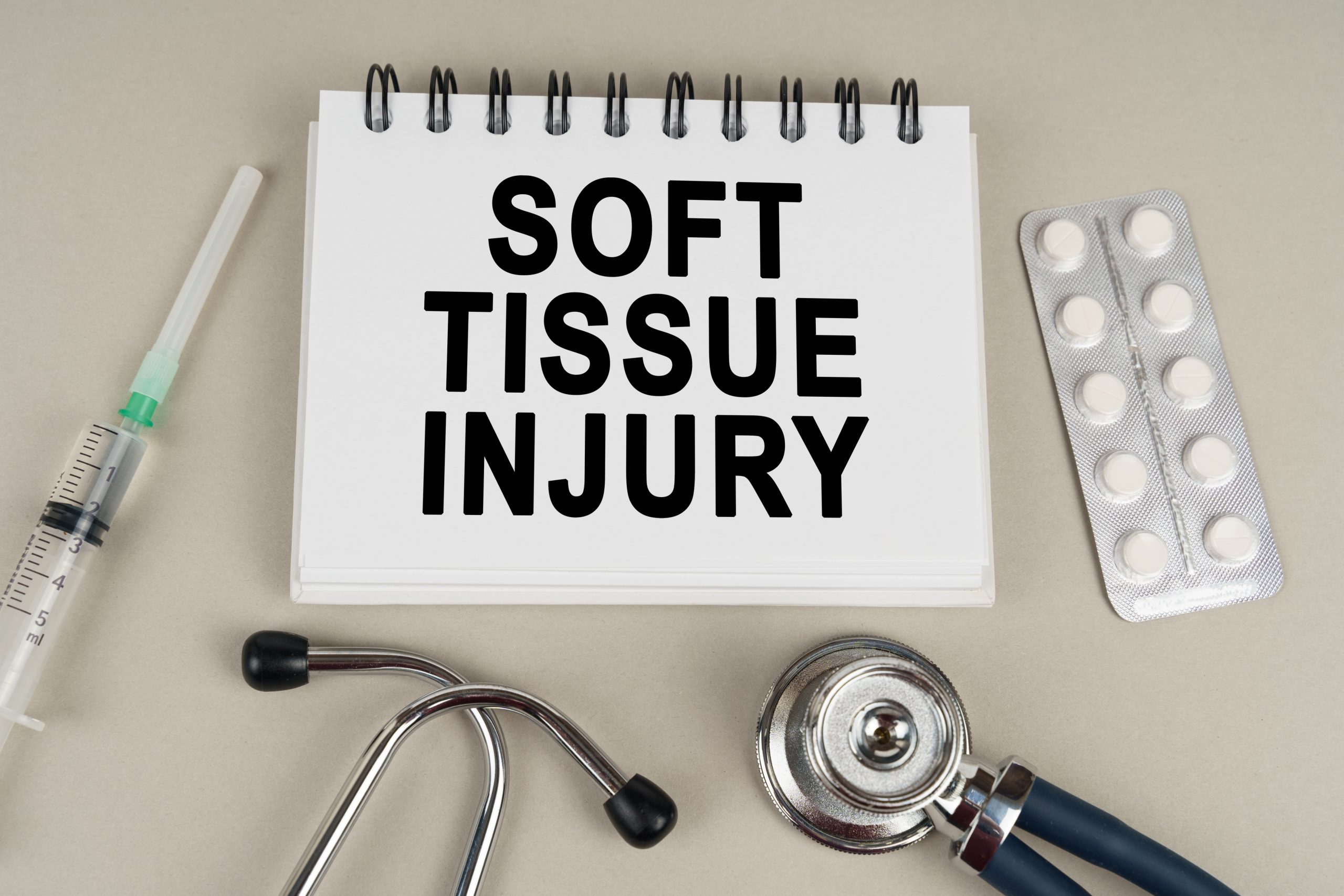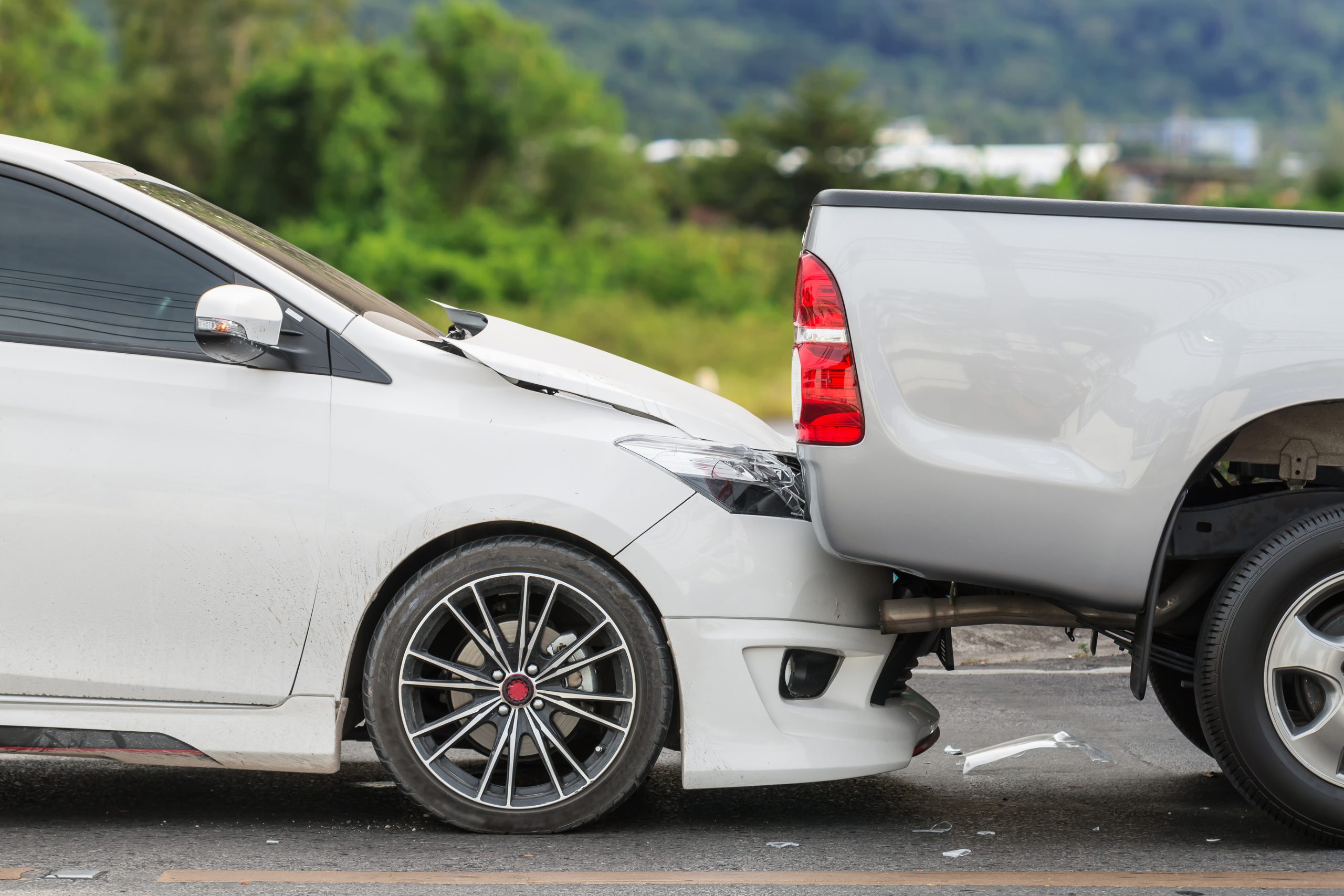In most car accidents, it is possible to review the available facts and evidence to determine which motorist (or motorist) should be held liable, also known as being at fault, for causing the collision. Determining fault in a car accident involves identifying the negligent driver responsible for the crash. In some cases, it is easy to determine which driver acted carelessly due to their behavior while driving. The negligent driver could be held responsible for any injury, property damage, and even death caused by their improper conduct. However, there are times it can be difficult to tell who is at fault in an auto accident. Complicating things further is the fact that multiple entities might determine fault in the wake of a car accident, including law enforcement agencies, insurance companies, and the courts.
Insurance companies assess the damage and review the events preceding the wreck. They gather information from both parties (or, all parties if the wreck involves more than two vehicles), and any available witnesses. The insurance companies then attempt to determine who caused the collision. Based on the decision, an insurance company is handed the responsibility of compensating accident victims for their bodily injuries and related damages. The degree of fault is another complication. If, for example, you were merging onto a highway while another driver is attempting to exit and there is a wreck, both parties could be considered partially liable for causing the crash. So, your insurance company might agree to 70 percent of the damages, while the other driver’s insurance might take the remaining 30 percent, assuming you reside in a state that adheres to the comparative negligence doctrine. Split or shared liability (fault) varies by state, and some states consider a driver who is 50.1percent or more “at fault” to be 100% liable for damages (this is known as the contributory negligence doctrine). In most states, if both parties are considered 50 percent liable then they are both considered to be at fault and would need to be covered by their own policy in most cases.
No-Fault State vs. Tort State Insurance Laws
Car insurance law is different in every state, which will affect the way your claim is processed. Most states are considered fault states, or tort states. In these states, the insurance companies will investigate the crash to determine who caused it. The party found at fault will likely need to pay for the damages of the crash using their liability insurance. There is sometimes the option for the other party to sue for damages. In fault states, drivers are required to carry a certain amount of liability coverage whenever they are on the road. Alternatively, in no-fault states, drivers will need to use their own insurance to pay for medical bills, regardless of who caused the accident. In these states, drivers are required to have something called Personal Injury Protection (PIP) insurance, which covers medical bills after a car accident. However, drivers can still be found at fault for property damage after an accident, and need to carry liability coverage for this. No-fault coverage only applies to medical bills. 12 states have no-fault laws, and three of those states give drivers the option to choose between fault or no-fault coverage.
Who Determines Fault- the Police, Insurance Companies, or Both Parties Involved in the Accident?
Who ultimately determines fault in car accidents is a highly debated question without one definitive answer. Generally, the police make initial rulings as to who is at fault shortly after the car crash occurs, but they typically lack complete information which can lead to inaccurate conclusions. To ensure complete and accurate liability determinations, insurance companies often conduct more thorough investigations and have their own set of standards for assessing fault.
Steps the Insurance Company Takes To Determine Fault in a Car Accident
Once you file a car accident claim with the insurance companies, they will investigate the accident. An adjuster oversees the investigation and the settlement negotiation process. The adjusters take many of the same actions as the police when they investigate the case, including:
- Reviewing medical reports.
- Reviewing the police report.
- Checking the damage to the vehicles.
- Checking damage to the road and nearby property.
- Interviewing witnesses.
- Verify the details of the insurance policies for the drivers.
In some cases, the insurance adjuster will go to the accident scene usually if the road or nearby property sustained damage because of the wreck. Once the insurance companies have all the information and evidence needed, they assign fault and pay or not accordingly.
What Happens if Both Drivers Are at Fault in an Accident?
Because of the ambiguity of filing a car insurance claim, it is relatively common for both parties to be partially at fault for the accident. How this situation is handled will depend on your state’s insurance laws and your insurance company. In most cases, both insurance companies will work together to assign a fault percentage to each party involved in the accident. For example, one party may be found 30 percent at fault while the other is 70 percent at fault. There are a few ways that this can affect the payout. In most cases, the person who was 30 percent at fault will receive 70 percent of the payout and vice versa. However, in some states, you cannot receive a payout if you are found to be more than 50 percent at fault for the accident. In this situation, the person who was 70 percent at fault would not receive a payout, while the person who was 30 percent at fault will receive 70 percent of the total value of the claim. In some rare instances, you cannot receive a payout if any fault is found. In this situation, someone who is found to be 10 percent at fault for the accident still would not be able to receive a payout. If neither party is at fault for the accident, most insurance companies will assign a 50/50 split, with each party receiving an equal amount of the payout. It is also very common for insurance companies to negotiate using several multiplying factors to determine appropriate payouts. It is important to communicate clearly with your insurance company throughout the entire claims process to ensure a fair payout. Make sure to keep thorough documentation of your car repairs, medical payments, and any other ways that the accident has affected your life.
What Happens When Fault Cannot Be Determined in a Car Accident?
Sometimes the car insurance company or companies cannot determine who was at fault in a car accident. When that happens, car insurance companies typically refuse to pay any personal injury claims associated with the collision. Drivers seeking compensation from the car insurance company will likely need to pursue legal action such as arbitration, which allows a neutral arbiter to decide who was at fault instead of going to court. The other option is for an injured party to sue the other driver and seek compensatory damages in civil court. If you go to court, a judge and jury will be tasked with determining who was at fault and what damages, if any, should be awarded to the injured party, or parties.



